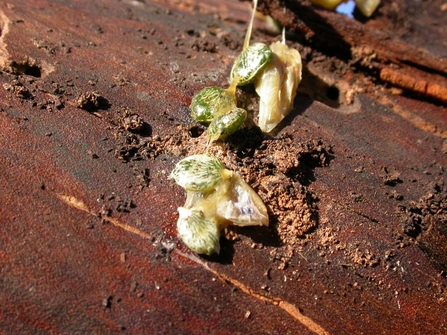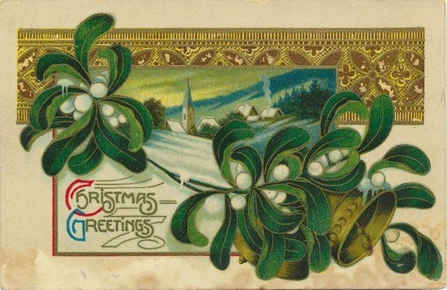Worcestershire Wildlife Trust is trying to plot where mistletoe is growing across the county. Staff and volunteers hope to plug gaps on maps about where it’s found as well as discover whether it’s more prolific in different trees in different parts of the county.
Nick Packham, the organiser of the survey, explained “As part of a wider project to record where our wildlife is across the county, we’re asking Worcestershire residents to get involved in helping us to map where mistletoe grows.
“Mistletoe was last surveyed more than 30 years ago so we’re keen to know if it’s still found in the same places and whether it’s now found in new places. Records of plants and animals often reflect the wanderings of nature recorders rather than true distribution so by harnessing the power of local people, we hope to fill in some of the blank spaces on our maps.


